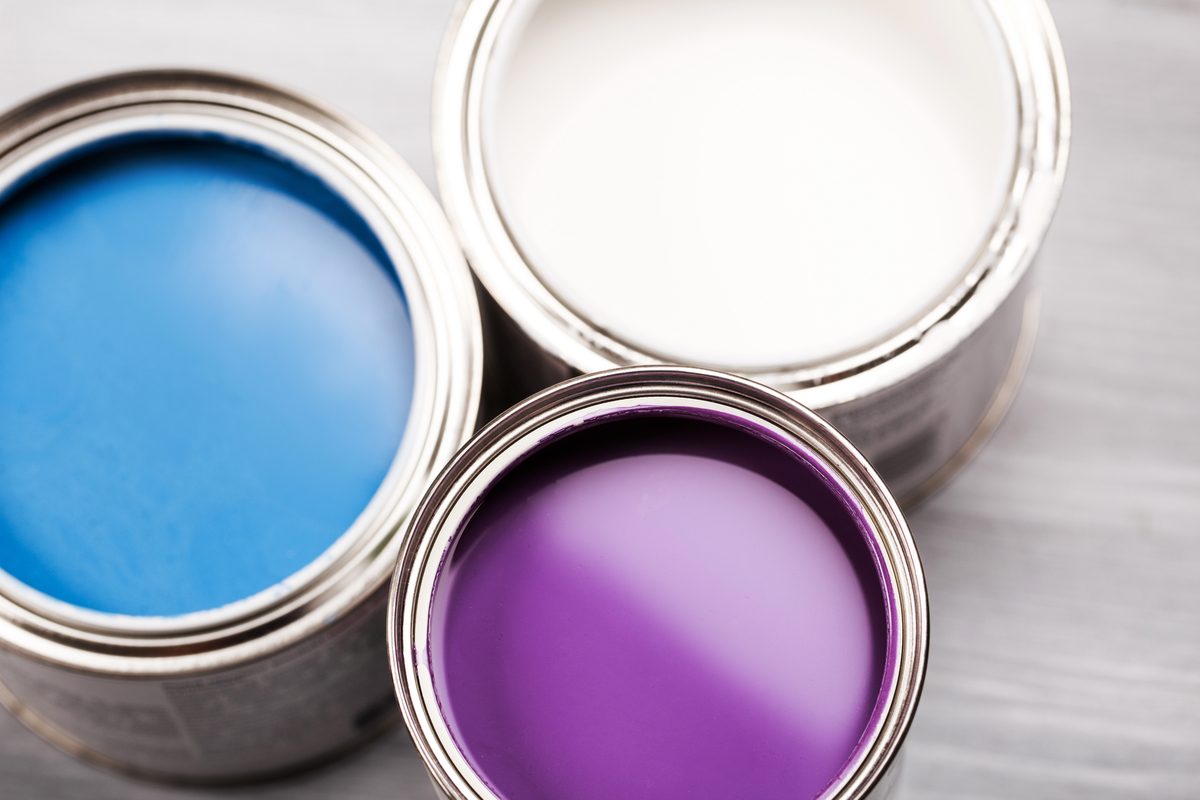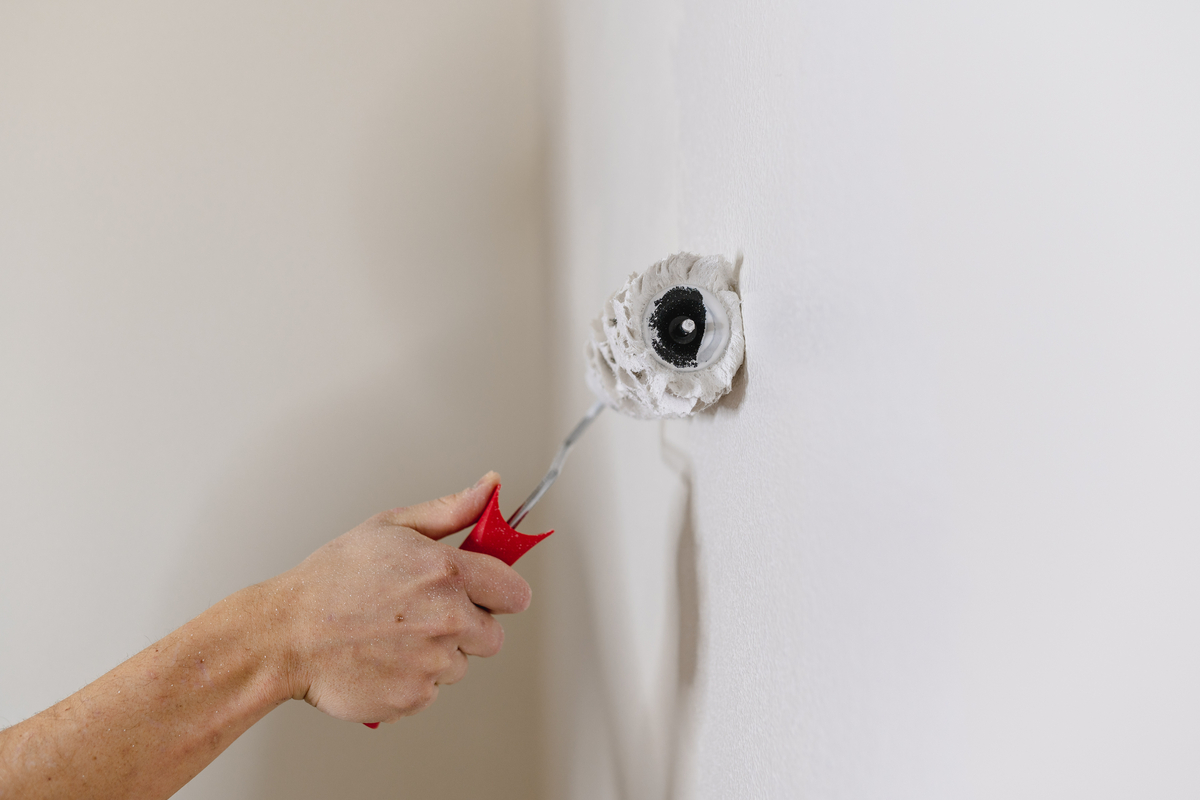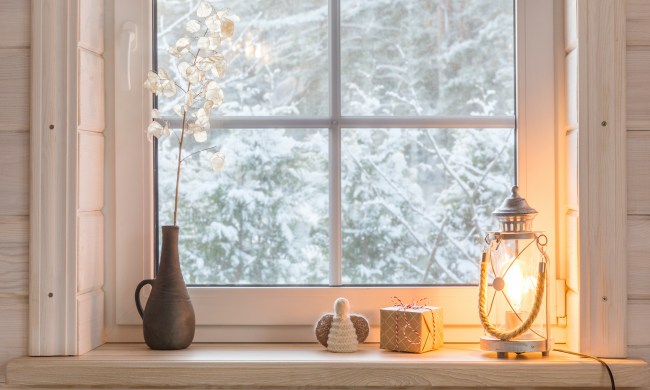There are few home renovation projects that are as simple and rewarding as a new coat of paint. Even though the process of painting is fairly straightforward, there are some questions that often have DIYers scratching their heads: Do I need primer? What type of paint should I use? How do I decide on a color?
Of course, one of the most common questions would-be painters ask is: How much paint do I need for my project? We’ll walk you through how to calculate the amount of paint you need so that you don’t waste money.

The dangers of not having enough paint
You don’t want to buy too much paint because that would be wasteful. However, not having enough paint right off the bat comes with some serious headaches of its own.
- Puts your project on hold. No one wants to stop in the middle of a painting project just to run out and get more paint. Not purchasing enough paint before you begin puts the breaks on your project and lengthens the overall time that the room is under construction.
- Could put you over your budget. If you miscalculate how much paint you’ll need, that means your initial budget is off and you’ll probably spend more than anticipated.
- May cause colors to be mismatched. Particularly if you’ve ordered a special paint color that needed to be mixed, it’s possible that the hue of the additional cans of paint won’t match up perfectly to the ones you ordered first.
The ‘how much paint do I need’ calculator
Calculating how much paint you need is all about geometry. A standard gallon of paint typically covers 400 square feet with one coat. You want to find out how many square feet you’ll be painting, so you need to figure out the area of all the surfaces you’re painting and add them together. If you were no good in math class, don’t worry. You can use an online paint calculator to do the math for you. We’ll also walk you through how to calculate how much paint you’ll need for an entire room, like a bedroom.
How much paint do I need for walls?
If you’re painting walls, you simply need to take the height of the wall and multiply it by the width to find the surface area. For example, if the wall is 8 feet high and 12 feet wide, that single wall is 96 square feet in area. Find the area of each wall and add the square footage together for all of them.
Then, you’ll have to subtract the area of any windows and doors on the walls. To do this, simply measure the length and width of each door and window and multiply them together to find the area. Then, subtract those totals from the square footage of the walls.
How much paint do I need for a ceiling?
If it’s a square or rectangular room, simply take the width of two of the walls, one longer one and one shorter one for rectangular rooms, and multiply together to find the area of the ceiling.
If there’s a structure on the ceiling, like an attic door or a skylight, subtract its square footage from the ceiling’s total area.
How much paint do I need for trim?
Keep this measurement separate if you’re painting the trim a different color. Measure the height of the trim first, then multiply it by the length of the wall it runs along. Take that number and multiply it by the number of trim pieces to find the total area of your trim.
How much paint do I need for a bedroom?
Once you’ve got the total surface area of the room, divide that number by 400 (the square feet that a gallon of paint covers), and you’ll have the total number of paint gallons needed for your project.

Other factors that impact how much paint you need
- The existing paint color. If you’re painting over existing paint that’s dark in color, you may need to plan for two or more coats of paint.
- The material of the surface. Some surfaces, like fresh drywall or stucco, are porous and will absorb more paint, requiring additional coats.
A painting project is a great way to revitalize an old, tired room. To eliminate the headaches associated with running out of paint for your project, use the measurements we discussed here to get your calculations right. Then you can rest assured that you purchased the correct amount of paint when you dive in.



